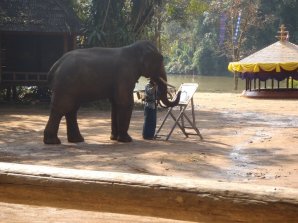The world’s only Elephant Hospital in the world is a remarkable accomplishment for the country and is a must for all visitors to the area. Owner, Soraida Salwala’s story is truly inspirational.
When Soraida Salwala was 8 years old she found a baby elephant hit by a truck, dying on the side of the road. She ran over to the elephant and asked her father “Why can it not go to hospital?” Her father replied, “Soraida, there is no such thing as an elephant hospital and there never will be.” It was these words from her father that inspired this young girl to develop the world’s first elephant hospital and provide care for one of Thailand’s most cherished animals.
When Salwala first told her father that she wanted to build an elephant hospital, she was told that it wouldn’t work. And after years of dreaming, when she finally proposed the project, she was laughed at and told “People didn’t care enough about elephants to donate money. They said, ‘an elephant hospital? No way.’ But that’s what I did.” Though despite strong resistance Salwala stayed true to her beliefs, knowing that the value of an elephant hospital would one day be recognised and she would be able to fulfil her childhood dream.
The elephant hospital, bordering Thailand’s northern capital Chiang Mai and Lampang, was built in 1994-one year after Salwala founded the Friends of the Asian Elephant organisation. The hospital is the first of its kind in the world and attracts much support from both the Thai people and foreign visitors. The hospital now houses 4 infirmary units and has treated more than 600 elephants with a variety of ailments.

The hospital usually keeps between 10-15 elephants at a time, with almost half of these being full time residents due to either abandonment by their owners or being donated to the foundation.
“Currently we have twelve elephants in total. In this group four have been donated to the hospital; four are victims of landmines; one has a deep knife wound; one has a severe infection due to neglect from her previous owner; one has an amphetamine addiction and eating disorder and one has a broken hind leg. Though despite difficult circumstances Salwala ensures that these elephants are receiving the best care available at the Elephant Hospital. “We are dedicated to giving every animal that comes to our hospital the best treatment we can,” said Salwala.
It is this dedication by Salwala and her team that has ensured the credibility and recognition of this unique hospital, though it has not always been easy. In the first few years the hospital had quite significant financial struggles, and Salwala was unable to afford basic necessities such as a vehicle or even a phone. Because of this, villagers were unable to get in contact with the hospital and Salwala and her team (which was at this stage quite small) would walk to the villages to treat the sick elephants.
“We treated the elephants the best we could. We would make the appointment and we would also vaccinate those who were in elephant camps for tourists.

“Today, much has changed. We now have a phone so people can call us and bring the elephants to the hospital. We also have a car so we can help elephants who are further away. This is very convenient and means we can help more elephants, but now I don’t do as much exercise!” Said Salwala.
Despite the growing support that the elephant hospital now receives, Salwala admits that there is still a long way to go before her dream will be fulfilled. “The hospital is extremely helpful but the root of the problem still exists. Wild Elephants are dying every day, and when we release them [the elephants] there is a good chance they will end up straight back in the hospital,” said Salwala.
“We have come so far from when we first built the elephant hospital. We give the elephants a special place, but what they need is a sanctuary where they can spend the rest of their long lives. Somewhere that has the facilities to care for them until their very last day. I want to ease their pain, but to also build a home for the old disabled and unwanted ones,” saids Salwala.
As the elephant population continues to decrease in Thailand, people like Salwala and her team give the country hope that this sacred animal will one day regain its former glory. And despite initial scepticism, the elephant hospital has successfully developed into one of Thailand’s most valuable animal refuges and tourist attractions.
“There is a long way to go before my dream will be reached. But there is hope, and I can see the light at the end of the tunnel,” says Salwala.

Feeding time at The Elephant Hospital (Photo by Richelle Chapman)
*Story by Sam Kilborn. Pictures contributed by Richelle Chapman. Quotes graciously provided by Soraida Salwada and animalplanet.com (http://animal.discovery.com/convergence/safari/elephant/expert/expert.html)






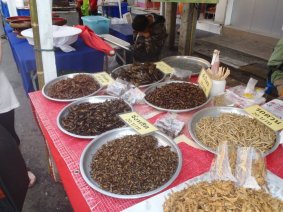


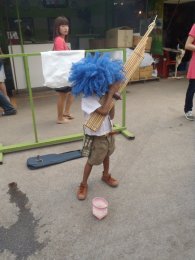

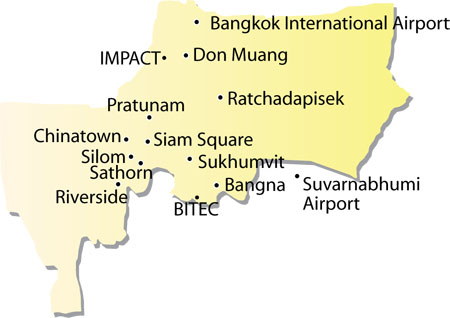

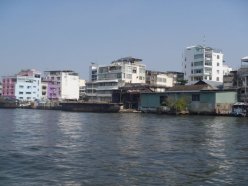
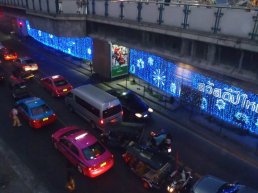


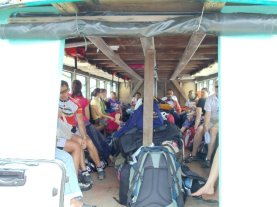


 And just when a strange familiarity to home sets in a women, half naked with a tin can and dirt layered cheeks, will quietly drop to her knees while holding her can up high, praying that she will be able to beg enough money for her children’s dinner. It is here you realise that while the swift modernisation of an otherwise traditional culture has hugely benefited many Thai people who own restaurants, hotels or other operations aimed at this increasing influx of tourists, a large proportion of locals have been unable to keep up. As prices rise and traditional ways of living change many have been forced to move from their home town and start a new life elsewhere, whilst many who stay find it difficult to survive.
And just when a strange familiarity to home sets in a women, half naked with a tin can and dirt layered cheeks, will quietly drop to her knees while holding her can up high, praying that she will be able to beg enough money for her children’s dinner. It is here you realise that while the swift modernisation of an otherwise traditional culture has hugely benefited many Thai people who own restaurants, hotels or other operations aimed at this increasing influx of tourists, a large proportion of locals have been unable to keep up. As prices rise and traditional ways of living change many have been forced to move from their home town and start a new life elsewhere, whilst many who stay find it difficult to survive.



